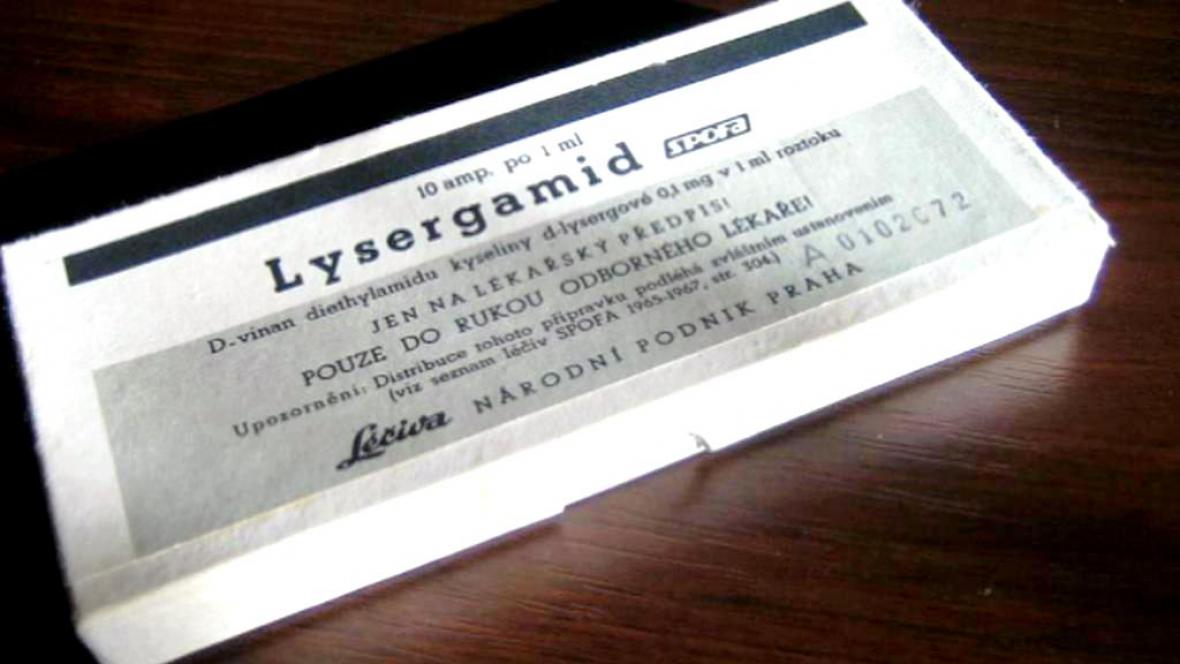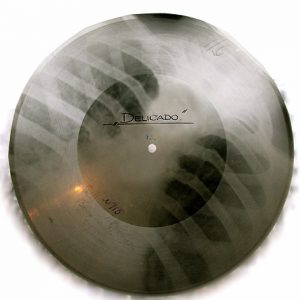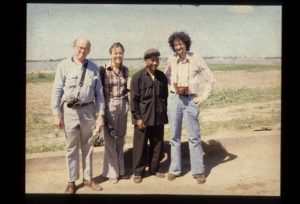Before we get to psychedelic socialism, some context. The 1960s were a turbulent and exciting time in pop-culture, most notably in the western world. The counter-culture movement was tearing up the worlds of music, fashion and ideology only to rebuild them again in another image. For a bright moment in this, the psychedelic movement gripped the world with a vice-like grip. Psychedelia rooted itself in some ideas sure, but perhaps even more key to this was the wonder-drug LSD.
LSD is a psychedelic drug that I’ve written about before in a previous article. The effects of common doses have been likened to seeing the world from the perspective of a child, in awe of everything, while higher doses can distort colour, make the world appear to breath, manifest visions of beings that aren’t there and even lead to what’s been termed ‘ego-death’, where the concept of ‘self’ dissolves in what some have likened to enlightenment. Many saw the drug as a revolutionary force, so of course, the powers that be were scared of it.
Restrictions closed in, with local bans in preceding years being followed a nationwide ban in 1968 in the US. Even with the Cold War looming large and ongoing war in Vietnam, President Richard Nixon went as far as to call LSD advocate Timothy Leary ‘the most dangerous man in America’. So, of course, such a substance that freed the mind would never be allowed by warring superpowers. The rest of the world closed ranks and banned it as well, with the eastern bloc largely never touching it in the first place. After all, they hate freedom over there, right? It’s the last place you’d expect to see such drugs lauded!
The Czechoslovak Socialist Republic
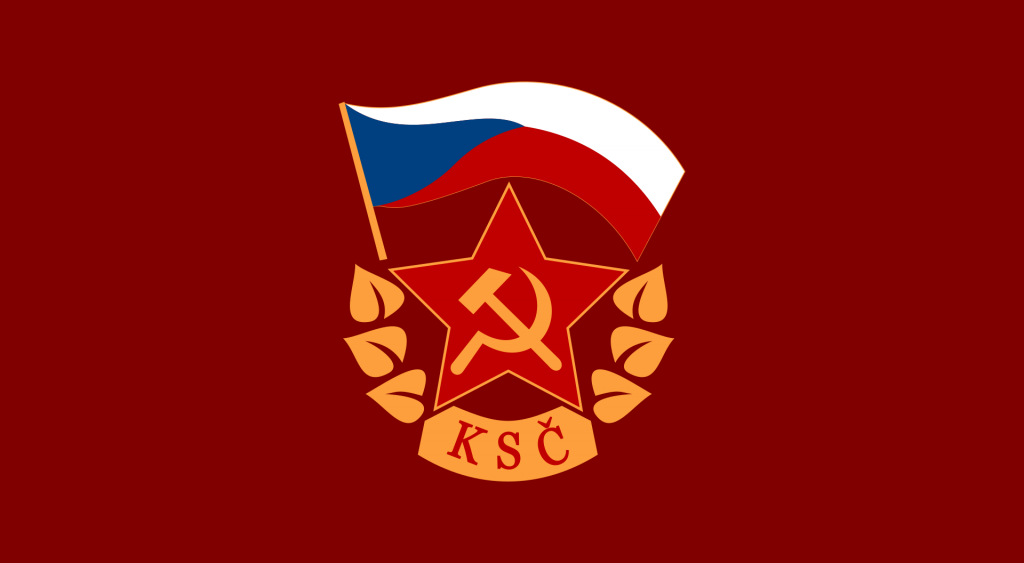
After WW2, many of the European powers in the east had been fundamentally destroyed. Those that had allied with the Nazis were removed permanently and those that were destroyed by the Nazis naturally had to be replaced. The power vacuum allowed for the rise of the communist party in 1948 in Czechoslovakia. This newly socialist nation followed the rigid line of the USSR, at least for a while. Differences in policy existed and Czechoslovakia was always somewhat more lenient, but it still wasn’t exactly a nation to take non-communist revolutionary ideals lying down.
1948 saw the adoption of the ‘ninth of may constitution’, which was relatively conciliatory and maintained much of what already existed in the 1920 Czechoslovak constitution. All the same, the non-communist president of the time refused to sign it and resigned in protest. Private property continued to exist for a time, but the constitutional protections were rapidly discarded as the state sector gained strength and ability to replace it entirely.
But anyways, what does this have to do with LSD? Patience, we’re getting to it. I just felt the need to set the scene. This wasn’t quite the USSR in form and character. Soviet influence was, at least compared to much of the rest of the bloc, quite minimal. This was socialism enacted in a Czechoslovak style.
LSD Development in Czechoslovakia
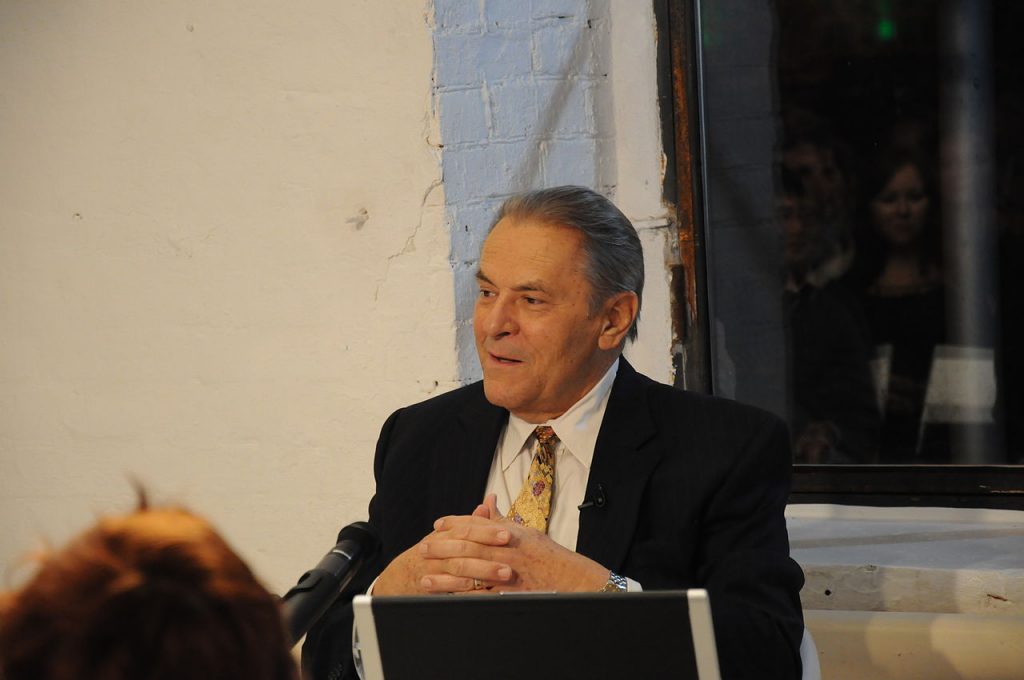
It was in the summer of 1952, a mere nine years after the first development of LSD that samples from Sandoz laboratories in Switzerland were sent to laboratories in Prague. At this time, the stigma for LSD was practically nil. Most of the world had no idea what it was or what it was good for! With the human mind also little understood at the time, the theories for its connection to how the human mind worked prompted a lot of discussion. Dr Jiri Rubicek in particular led many of the early experiments in Czechoslovakia to see what could be done.
After the usual testing on animals and figuring out just how potent the substance was, willing test subjects were sought out. Observation was certainly something, but that wasn’t enough. It was still too cold. Too impersonal. These doctors, part of the state apparatus itself, decided to test the LSD on themselves. Professor Jan Srnec described the experience as such: “It was something unbelievable. First of all, it was extraordinary that such a small dose could cause a complete disintegration of the psyche. Second, LSD had an entirely different effect on different people. In my case, it was a state of pure euphoria, elation.”
It was felt by many that LSD had opened the door for doctors to experience first-hand the experience of those with such psychological conditions as schizophrenia, allowing doctors the ability to understand and better treat such subjects. This was, of course, not quite accurate, but potential was being seen! Due to the doctor’s relatively free control of such experiments, Rubicek decided to invite artists and other creative people from his social circle to try the drug, much akin to how LSD first gained prominence in the western world.
By 1957, a newly qualified Dr Stanislav Grof was allowed to try the wonder substance that he had three-years previously been so excited about. He described this as his ‘spiritual awakening’ which was to lead to a long and storied career in the study of psychedelics and the human mind which continues to this very day. The number of tests rapidly increased in number until at last, the state as a whole had taken interest. Czechoslovakia learned how to develop the formula itself and in 1963, state pharmaceutical company Spofa was producing home-grown LSD.
The Psychedelic Socialism Boom
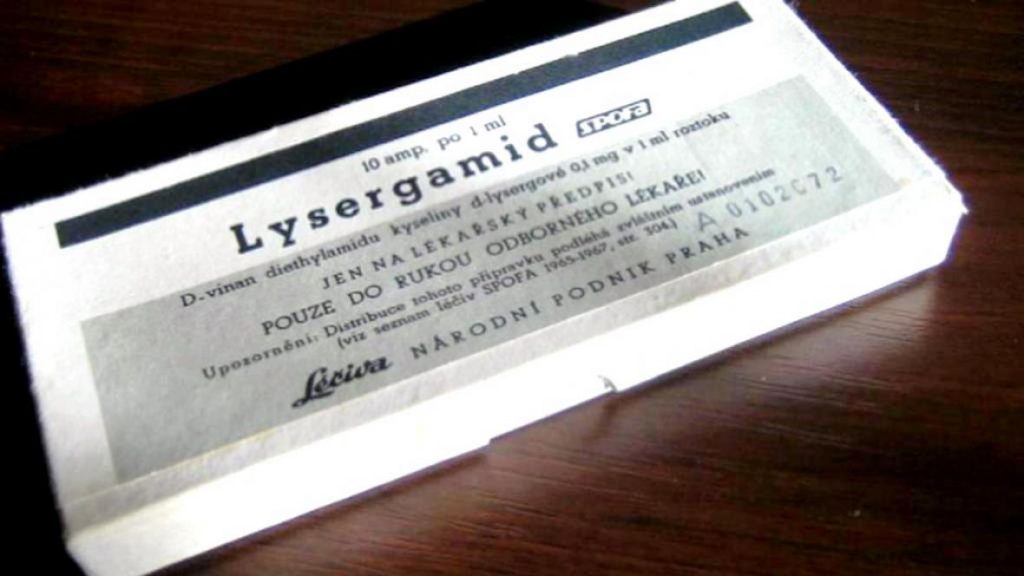
In 1960, the Czechoslovak constitution was changed entirely to one that was much more explicitly communist in character, borrowing heavily from the USSR. Still, even if things were to become stricter, the genie was out of the bottle here! Multiple researchers in Czechoslovakia were now conducting independent research with state-supplied samples of LSD. As stigma associated with the drug had yet to be born, optimism was still high. This may be exemplified by the 1962 short documentary ‘Looking for Toxin X’, following Stanislav Grof experimenting with LSD. Special effects attempted to simulate the experience and the entire cast and crew were dosed so that they could get an idea of what the substance was doing to them!
A few years later and LSD began to pick up its global stigma. The production of LSD in the west was ramped down and production in Czechoslovakia ramped up. Clinics and hospitals throughout the country were stocked with LSD for use in new forms of psychotherapy, still much more controlled conditions than in the west, but readily available for those who desired or needed such treatment. The artistic and music scene in Czechoslovakia in particular were keen to experience the substance, even if only on the state’s terms. While the experience would be controlled, the doors it opened for the mind would remain open and heavily influence Czechoslovakia’s own notable counterculture.
As all nations with the substance did at this time, even socialist Czechoslovakia thought it worthwhile experimenting with the drug on soldiers, to see what its use may be in weaponizing it! As one might expect, the results were… Interesting. Soldiers could be seen giggling uncontrollably while their officers’ issue ridiculous commands. Thankfully for us, these experiments were actually filmed and later released as part of the 1968 documentary ‘Experiment’.
As experiments and treatment became more widespread, word spread ever further. In later years, many patients have spoken of their experiences quite positively in interviews. Such was the excitement at the time, that by 1973, an entire book called ‘Personality and Creation’ was published to record the effects of LSD on groups of Czechoslovak artists of the era.
Twilight Years of Psychedelic Socialism
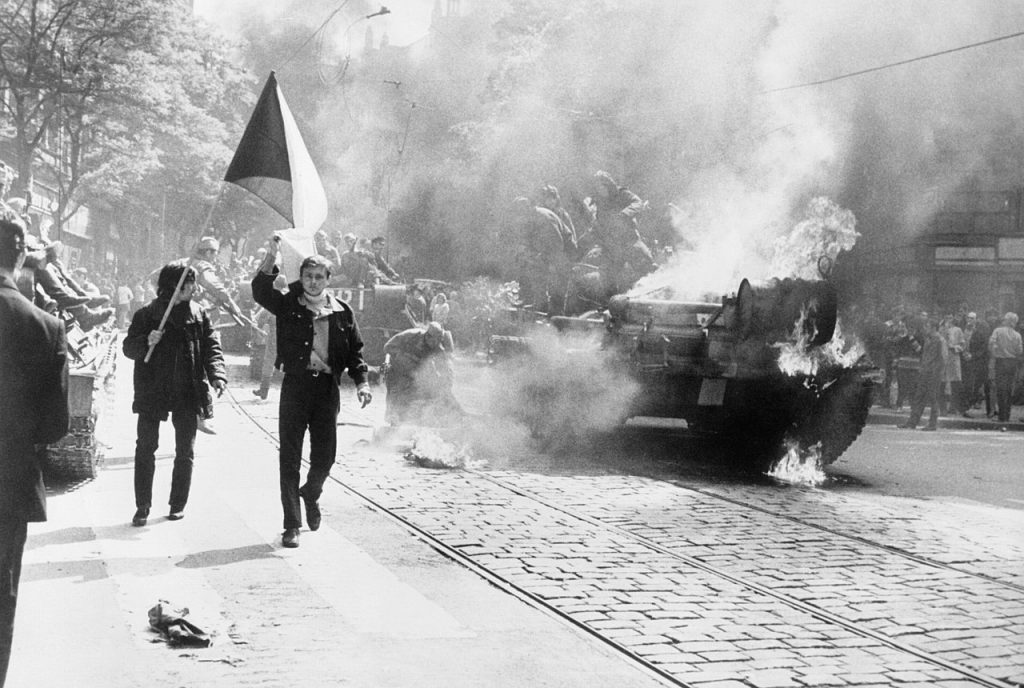
As you might have noticed, the date of this last documentary was 1968. This being the same year that LSD was banned outright in the US. Seeing an opportunity and recognizing the desire for LSD in America, Czechoslovakia saw an opportunity to raise some funds. Starting at around this time, the state intelligence services began shipping contraband LSD into America in return for hard cash, to be used for trade on the international capitalist market, where socialist currency was largely worthless due to differences in purpose.
This activity may well have spurred on further fears in the US as to the revolutionary nature of LSD. Maybe the damn commies knew it was subverting America’s youth with psychedelic socialism! But… No evidence seems to suggest it was any more than a money-making scheme. All the same, it’s funny to think that one of the world’s largest acid dealers wasn’t a flower-power hippie, but rather a state behind the iron curtain, dedicated to Marxism-Leninism.
Such actions were however risky and risked damaging the reputation of the eastern bloc as a whole. For this reason, Czechoslovakia reported these actions to Moscow for approval first, making the more conservative nation aware of what was going on. What certainly didn’t help was the ‘Prague Spring’ of 1968, in which attempted reforms under Alexander Dubcek were stopped by an armed Soviet intervention, followed by the installation of a more conservative and pro-Moscow government. While LSD production continued in this period, the state was much weakened in its bargaining position.
Production continued until pressure mounted around 1973, seeing production much slowed as the drug was gradually phased out. In 1971, the Convention on Psychotropic Substances had been drafted in the UN which blanketly banned most psychoactive substances including LSD. The treaty did not come into force until 1976, but sadly, Czechoslovakia’s LSD production ceased quite some time before. As Leonid Brezhnev began talks with the US, the party line came down from Moscow to ban the substance in 1974, which Czechoslovakia obeyed, seeing an end to a unique and fascinating period of psychedelic socialism. The legality had lasted a full six years longer than in the US and had received a far more positive public and political reception. Czechoslovakia was, in fact, the last European country to ban the substance.
Cultural Impact of Psychedelic Socialism
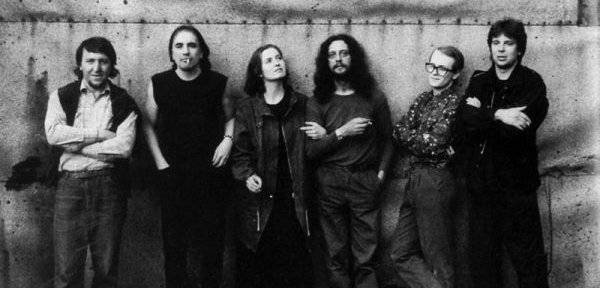
Czechoslovakia had always been a more ‘liberal’ nation than much of its neighbors. Rock and pop music from the west had filtered in for quite some time and it seems likely that the readily available psychedelics had a major impact. The Prague Spring led to increased anti-authoritative attitudes among the youth, with a kind of 70s hippie generation emerging. Local bands such as The Plastic People of the Universe had a distinct psychedelic quality and despite mounting pressure from local authorities, the impact was clear.
The arrest of the Plastic People of the Universe in particular saw the development of ‘Charter 77’, an informal document drafted by future president Vaclav Havel and others. This further formalized the counter-cultural movement in Czechoslovakia at this time which was later to lead to the so-called ‘Velvet Revolution’, which ended socialism in Czechoslovakia.
Another band known as The Primitives Group was led by Ivan Martin Jirous, who was to become another major counter-cultural figure. This band was explicitly psychedelic in nature and the man himself was seen as the informal ‘leader’ of the counterculture movement at the time. He was arrested time and time again, with his movement and associates depicted in state TV program Thirty Cases of Major Zeman as a group of drug addicts and hooligans, quite a far cry from the Dubcek era.
The Aftermath of Psychedelic Socialism
Socialism in Czechoslovakia officially ended in 1989, with the nation splitting three years later into the Czech Republic and Slovakia. With Soviet influence well and truly gone, what became of LSD? Well… It’s still banned, alas. However! Even to this very day, the Czech Republic has a much softer stance than many other countries. In much of the world, possession of such substances carries automatic arrest and court proceedings. Meanwhile, in the Czech Republic, possession of up to five tabs of LSD is merely a misdemeanor, carrying a maximum 15,000CZK fine. (Around £550) The law is similarly lenient with some other drugs, meaning that possession at such low amounts doesn’t get you a criminal record and fuck your life up forever!
Will LSD become more readily available in Czechoslovakia (or rather its successor states) again? Who knows? One can hope that experimentation will continue once more, and the archives of research will be dug up for further research. Until then! Tune in, turn on, drop out!
